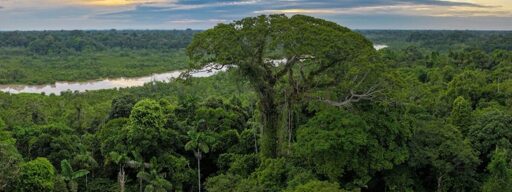Ecuador recently passed a landmark protected areas law aimed at restoring security in the country’s national parks and reserves. The law establishes new government agencies and funding mechanisms, and tries to close legal loopholes that used to leave rainforests vulnerable to development. Reactions to the legislation have been mixed. Some environmental groups call it a turning point for protected areas, while others say it will militarize conservation efforts and ignore ancestral land rights. “The objective is to recover and sustainably utilize these areas, diversify the local economy, create dignified employment, reactivate tourism, and ensure the presence of the state in strategic areas for security and development,” the office of President Daniel Noboa said in a statement when he presented the legislation to the National Assembly in June. Ecuador has 78 protected areas that cover a combined area of more than 26.2 million hectares (64.7 million acres), or nearly a fifth of the country. But the government has recently struggled to provide adequate funding for many of them, and bureaucratic obstacles have made it harder to respond quickly to new threats. The new law, which entered into force on July 14, creates a National Protected Areas Service meant to centralize funding and management decisions, while monitoring compliance with environmental laws and international treaties. A new public trust will help scale up funding within the new service. It can accept donations and loans for conservation, and will manage the revenue from conservation projects and tourism. “[The trust] allows for the channeling of…This article was originally published on Mongabay
From Conservation news via this RSS feed


